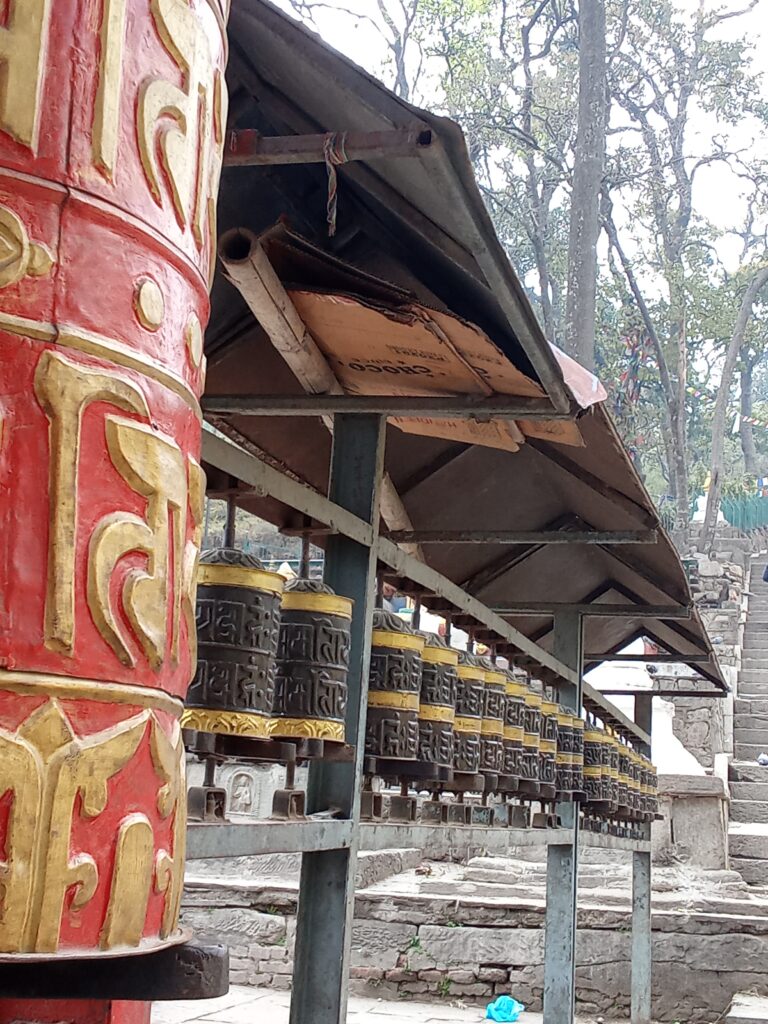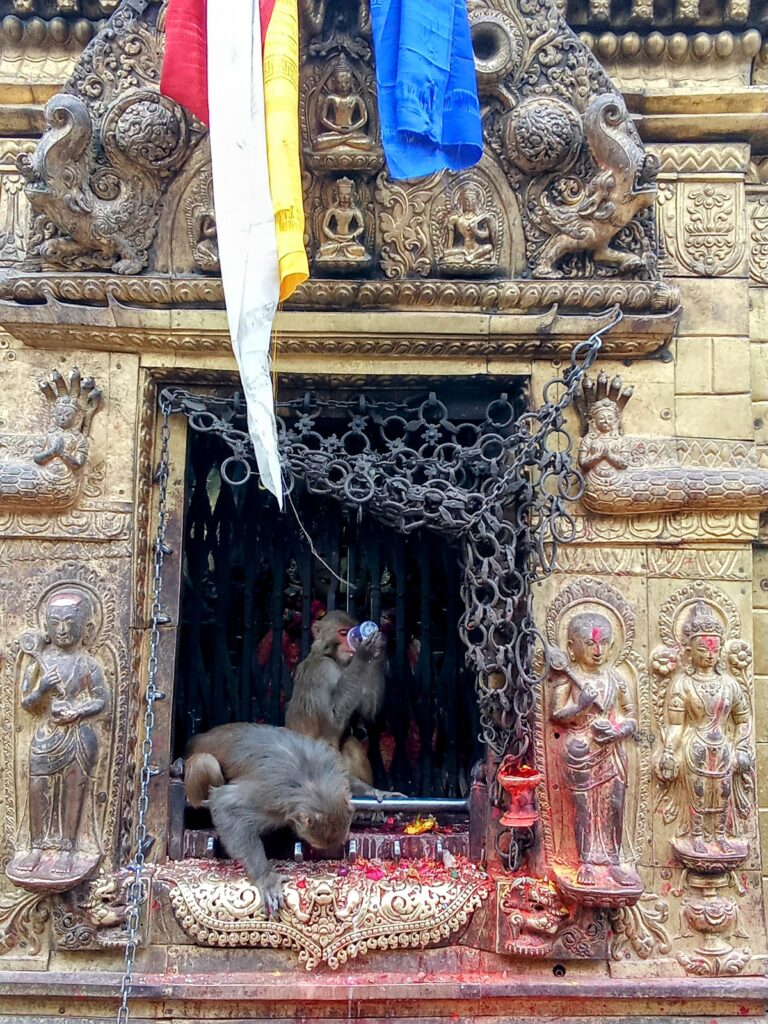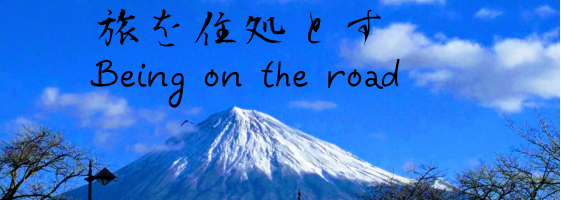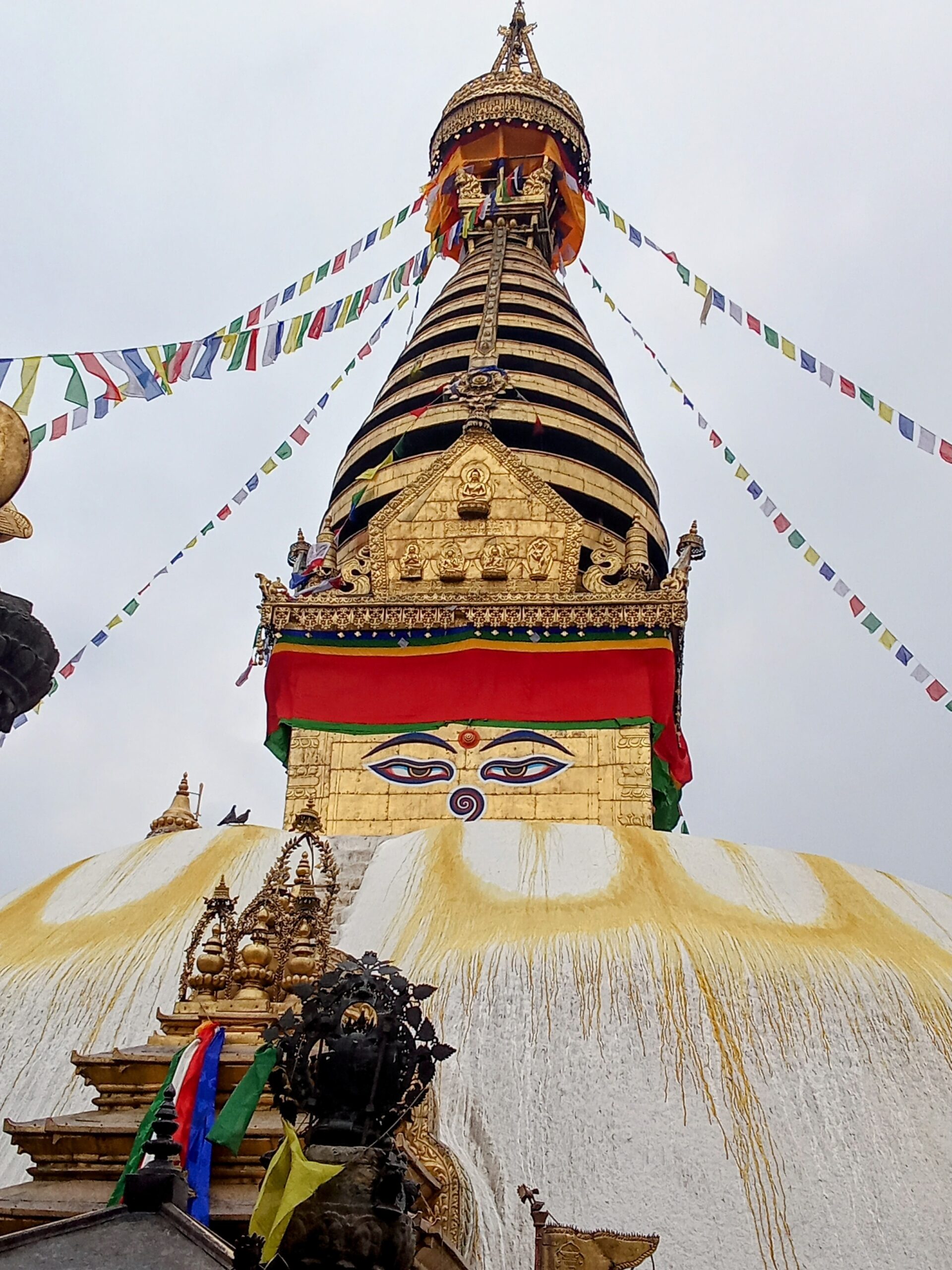“Those Eyes” Always Seen in Nepal’s Travel Guides Are the Eyes of Buddha
Nepal’s travel guides invariably feature photos of the Himalayan mountains (Everest and Annapurna ranges) and the distinctive eyes painted on temple walls. These eyes are said to be the all-seeing eyes of Buddha (the Buddha’s Wisdom Eyes, or Buddha Eye). They are a symbol of the Nepalese landscape and are painted everywhere, from souvenir T-shirts to the walls of cafes and restaurants in Kathmandu. The temple featuring these eyes is the Tibetan Buddhist temple known as Swayambhunath (also called Monkey Temple), said to be Nepal’s oldest Buddhist temple.
Nepal is a country where Hinduism and Buddhism (Tibetan Buddhism) coexist and intermingle, but Swayambhunath is a Buddhist temple. In 1979, it was registered as a World Heritage Site along with its surrounding area.
Location, Access, and Admission Fee
Swayambhunath is located on a hill about 2 km west of central Kathmandu. It’s within walking distance from the Thamel district. At the top of nearly 400 steep steps from the base, a 15-meter tall stupa and various temple facilities are lined up. The sight of the stupa and prayer flags (Lungta) fluttering in the wind against the blue sky is truly picturesque. From the hill, you can get a panoramic view of Kathmandu city.
At the foot of the stairs, many taxis wait for passengers, and the approach to the temple is lined with eateries and cafes. There’s a ticket booth midway up the stairs where you pay 200 rupees (approx. 220 yen) for admission.
The Scenery of Swayambhunath
At the center of the hill stands the stupa, with the Buddha’s Wisdom Eyes (Buddha Eye) painted on all four sides. Around the stupa are rows of Tibetan Buddhist prayer wheels (which are believed to read scriptures when rotated), and worshippers spin them as they walk clockwise.

True to its other name, “Monkey Temple,” there are many monkeys from the stairs leading up the hill all the way to the top. They are not afraid of humans, so be careful not to have your food or belongings stolen. It’s dangerous, so avoid provoking them.

The top of the hill is not very large. Along the narrow pathways, there are souvenir shops selling Buddhist goods (small prayer wheels, ritual implements) and simple cafes/eateries.



